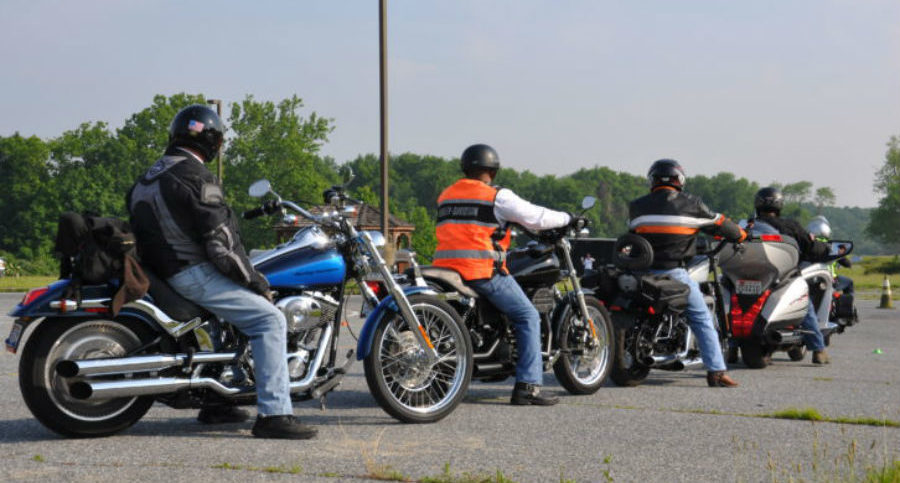By taking a motorcycle safety course, new motorcyclists and experienced riders alike can improve their safety and riding skills. And, a gaining the motorcycle endorsement and completion card is well worth the effort it will require.
There are several different courses and organizations to consider. The Motorcycle Safety Foundation is a popular option that many insurance companies and states accept. You'll also be able to choose between either e-courses or in-person classes and various content areas. Most people opt for the basic rider course for their first class. Here's what you can expect from your first motorcycle safety course.
Do You Have to Take a Motorcycle Safety Course?
Some states require a motorcycle safety course in order to get a motorcycle endorsement added to your driver's license. Some states even allow you to skip the written test if you've taken a basic rider course. Even if your state doesn't, you can probably get a discount on your insurance by taking a motorcycle training course.
How Much Is a Motorcycle Safety Course?
Course prices vary by state and course. The average basic motorcycle rider course costs between $200 and $300.
How Long Is the Motorcycle Safety Course?
The Motorcycle Safety Foundation Basic Rider Course is five hours of class time and 10 hours of riding time.
Read More: Talk About Epic Motorcycling Prowess! Harley-Davidson's Electric Bike Can Do 0-60 MPH in 3 Seconds
Where Can You Take a Motorcycle Safety Course?
There are over 2,500 locations across the United States. Check for locations near you here.
What to Bring to Motorcycle Safety Couse?
You'll want to dress to ride for your training course. This includes long pants, a long-sleeve shirt, gloves, eye protection, boots, and an approved helmet. You'll also want a pen and paper in order to take notes and quizzes.
What you Learn in Motorcycle Safety Course
You can learn almost anything about riding in a motorcycle safety course, depending on what class you choose. Most people opt for the basic rider course, which will give you an overview of motorcycle technique and familiarize you with your motorcycle. Upon successful completion, you'll have gained riding experience with correct posture, mounting and dismounting, clutch friction control, stopping and starting, shifting and starting, low-speed and high-speed maneuvering, cornering, stopping in a curve or turn, break swerving, and obstacle navigation.
Wrapping Up
Motorcycle safety is always a worthy endeavor. So, if you're on the fence about a course, we encourage you to jump into a class ASAP! You might even save some money in the long run.
This post was originally published on July 30, 2019.
Read More: What's the Deal with All This Scooter-Sharing?




